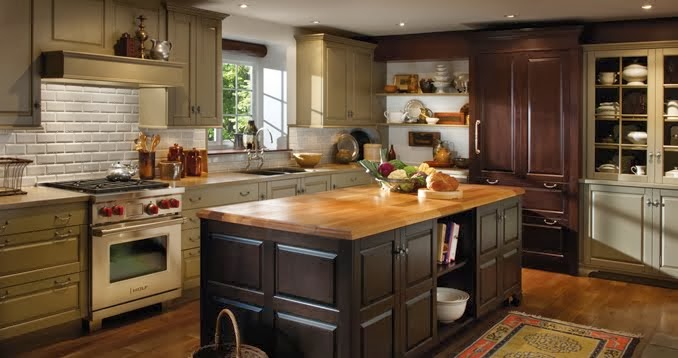Since we've written a lot about kitchens recently through our series on The Boss's Kitchen (if you haven't read the posts, check them out now!), we thought we'd mix it up and share a new recipe.
This recipe came from our good friends at Good Bug Gardens, a CSA farm located in nearby Sterling, CT. Every week, we get a bag of delicious, fresh, local vegetables, along with some neat ideas for turning these veggies into tasty dishes! The recipe we'll share below is great for an easy-to-make, light, healthy, downright delicious summer dinner dish. Read on and be sure to let us know if you try it out!
 |
| Ingredients you'll need include arugula (or other greens), quinoa, a lemon, eggs, red onion, apple, and eggs. |
Ingredients:
- Bag of arugula (or other green - we used a bunch of kale and about half a bag of spinach - ignore the cilantro in the image above, although that might be tasty as well!)
- 8 oz quinoa (or orzo pasta), uncooked
- 1/2 lemon
- 1 red onion
- 1 granny smith apple (we used a red delicious and that worked just fine!)
- 1/2 cup pine nuts (we unfortunately didn't have any pine nuts on hand, so we skipped this ingredient, but the dish still came out DELICIOUS!)
- 3 eggs
Start by chopping up that onion and
getting it on the skillet with a bit of oil.
 |
| Chopped onions. |
You want it over low heat, stirred
often, until soft and translucent if not caramelized. While you whistle along
with that, bring 16 oz of water to a boil, add the quinoa, and when the water returns to a boil, reduce heat to low.
While that's cooking away, chop the apple into thin chunks.
When there isn't any more water in the quinoa, it's done. Pour it in a big bowl, add the arugula, expertly cooked onions, apple chunks and pine nuts, then squeeze that lemon all over it.
Finally, use that onion skillet to fry up the eggs (however you like them!) and serve them on top of the quinoa and grain salad.
Enjoy! And feel free to share any recipe modification ideas you may have if you try this out - we're always curious to try new things. :)
 |
| Thinly sliced apples. |
When there isn't any more water in the quinoa, it's done. Pour it in a big bowl, add the arugula, expertly cooked onions, apple chunks and pine nuts, then squeeze that lemon all over it.
 |
| Greens and red onions mixed together. |
 |
| Squeeze the lemon over the mixed greens, onion, quinoa, and apple chunks. |
Finally, use that onion skillet to fry up the eggs (however you like them!) and serve them on top of the quinoa and grain salad.
Enjoy! And feel free to share any recipe modification ideas you may have if you try this out - we're always curious to try new things. :)
 |
| Yum! This is definitely a repeat-worthy recipe! |































.png)